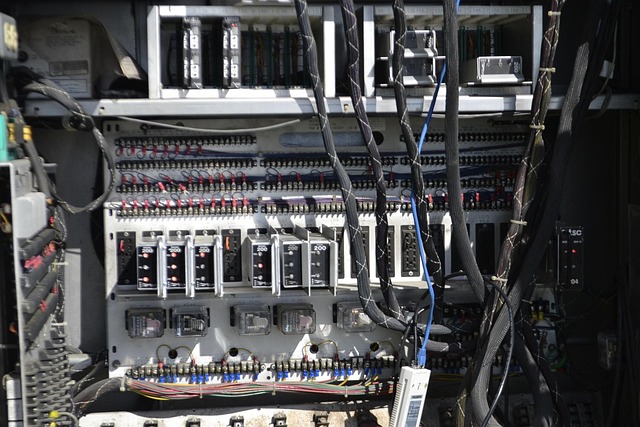The Ultimate Guide to Virtual Reality Cameras: Hardware Edition
In the rapidly advancing world of technology, the virtual reality camera stands out as one of the most revolutionary tools for content creators, gamers, and tech enthusiasts alike. As the demand for immersive experiences continues to rise, understanding the hardware behind these fascinating devices becomes essential. In this guide, we will stroll through the intricate landscape of virtual reality cameras, highlighting their essential features, functionalities, and what to consider when adding this cutting-edge technology to your toolkit.
Understanding Virtual Reality Cameras
At its core, a virtual reality camera is designed to capture our world in a way that enables users to experience a three-dimensional environment from every angle. Unlike traditional cameras, these devices utilize multiple lenses and advanced sensor technologies to create an immersive experience that transports viewers right into the action.
Key Features of Virtual Reality Cameras
When exploring virtual reality cameras, several key features will help guide your decision-making process:
- Lens Configuration: The number of lenses and their positioning are crucial for capturing 360-degree views. Most VR cameras come equipped with dual or even multiple lenses, ensuring that you can create a seamless panoramic experience.
- Resolution: The clarity of your footage is heavily reliant on resolution. Higher resolution means more detail in every image, making the experience more lifelike. Look for cameras that offer at least 4K resolution for optimal results.
- Frame Rate: A smooth VR experience requires a high frame rate, especially for action-packed scenes. Aim for cameras that can handle 60 fps or higher to ensure a fluid viewing experience.
- Stabilization Technology: Handshake and jitters can severely impair VR experiences. Look for cameras that offer advanced stabilization mechanisms to ensure your footage remains smooth, even in dynamic environments.
- Audio Capture: Sound plays a crucial role in immersion. Some virtual reality cameras feature spatial audio capabilities that mimic how we hear sounds in real life, enhancing the overall experience.
Top Virtual Reality Cameras on the Market
With many options available, it is vital to choose a VR camera that fits your individual needs. Here are a few standout models to consider:
- Insta360 ONE X2: Known for its compact design, the Insta360 ONE X2 offers excellent 5.7K video quality and impressive stabilization features, making it a popular choice among content creators.
- GoPro MAX: Versatile and rugged, the GoPro MAX captures both 360-degree and standard videos, blending the best of both worlds. Its intuitive interface and impressive audio capabilities make it ideal for adventurous filmmakers.
- Ricoh Theta Z1: This high-end camera provides superior image quality with its dual 1-inch sensors, ideal for professionals seeking to deliver stunning VR content.
Choosing the Right Virtual Reality Camera for Your Needs
When selecting a virtual reality camera, consider your intended use. Are you a vlogger, a filmmaker, or a gamer? Each use case may demand different features—whether it’s for capturing dynamic footage or creating peaceful landscapes. Set a budget, explore user reviews, and check for software compatibility with your editing tools to ensure a perfect match for your requirements.
The Future of Virtual Reality Cameras
The horizon is bright for virtual reality cameras, with constant innovations paving the way for new possibilities. As technology evolves, we can look forward to enhanced features, improved resolution, and even more immersive experiences. Staying informed about upcoming trends and advancements will empower you to make informed decisions when investing in this exciting technology.
In summary, the world of virtual reality cameras is vast and fascinating. With the right information and a clear understanding of your needs, you can harness the power of this technology to create stunning visual narratives, engage audiences in new ways, and, most importantly, capture the essence of reality like never before.



